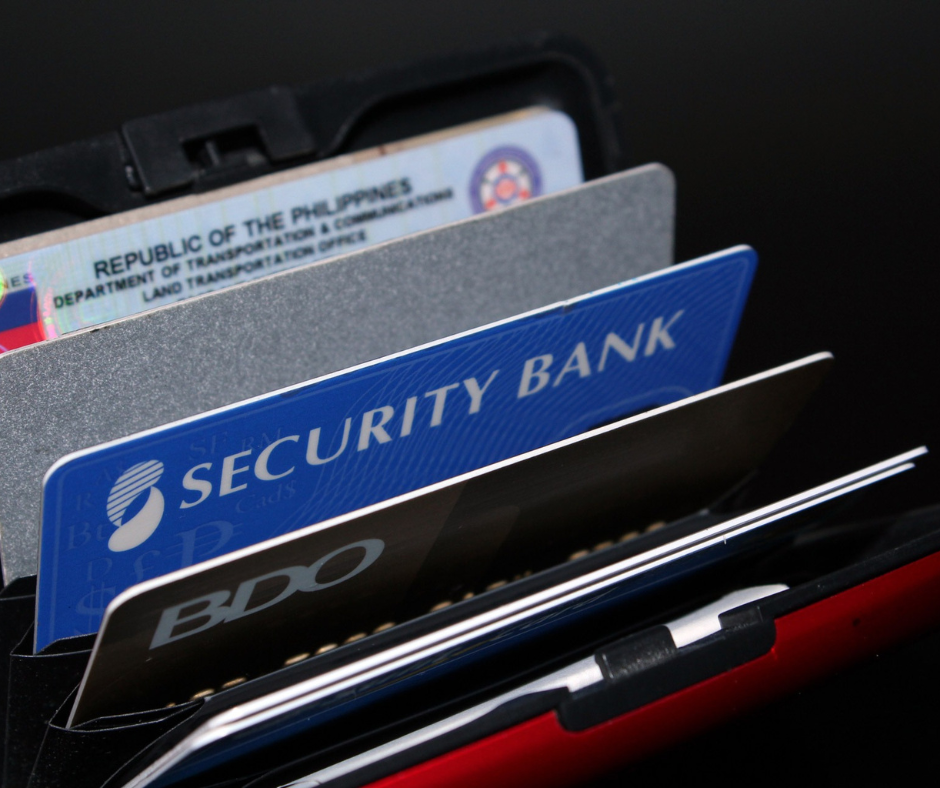Picture this: It’s 1989, and Nelly rushes to her bank before closing time, clutching her passbook and hoping the teller hasn’t gone home early. Across town, Boyet discovers his company’s payroll bank has no branches in his neighborhood—his weekend plans derailed by a simple cash withdrawal. Fast-forward to today, and Nelly’s daughter taps her phone to pay for coffee while Boyet’s son transfers money to his family in Mindanao in seconds, all thanks to a revolution that started with a simple idea: What if every ATM could talk to every other ATM?
That revolutionary idea became BancNet, and as it celebrates its 35th anniversary, this isn’t just the story of a payment network—it’s the story of how the Philippines learned to move money like never before.

Breaking down walls
In 1990, Philippine banking was a maze of isolated kingdoms. Your ABC card worked only at ABC machines. Your XYZ account was locked into XYZ’s world. If you banked with a smaller institution, good luck finding an ATM that recognized your card outside Metro Manila.
BancNet’s founders saw this fragmentation and dared to dream bigger. They envisioned a unified network where a farmer in Iloilo could withdraw cash using the same system as a businessman in Makati. It was audacious, technically challenging, and absolutely necessary.
The breakthrough came when banks agreed to share their ATM networks through a central switching system. Suddenly, the customer holding a card from a small rural bank could walk up to any participating ATM and access their money. It was financial freedom in the most literal sense.
Beyond the cash machine
What began as an ATM network quickly evolved into something much more ambitious. BancNet recognized that Filipinos needed more than just cash access—they needed a complete payment ecosystem.
The introduction of point-of-sale debit services transformed shopping. Instead of carrying wads of cash to the mall, customers could pay directly from their bank accounts with a simple swipe. BancNet Online brought banking home, letting people transfer money and pay bills from their computers instead of standing in endless bank queues.
But perhaps the most game-changing innovation was extending services beyond traditional banking. Through POS cash-out services, a simple sari-sari store could become an unofficial bank branch. Government payments, from BIR taxes to social services, became as easy as buying groceries.
The numbers tell the story
Today’s BancNet is a financial giant that processes the daily life of millions. With over 27,600 ATMs and more than 607,000 point-of-sale terminals spread across nationwide, it has woven itself into the fabric of Filipino commerce.
The scale is staggering: In 2024 alone, BancNet handled 2.37 billion transactions—that’s more than 6.5 million every single day. The total value? A mind-bending ₱11.38 trillion, representing a 41.2% jump from the previous year. To put that in perspective, that’s nearly equivalent to the entire Philippine GDP flowing through BancNet’s digital highways.
These aren’t just statistics—they represent real moments. A mother in Cebu sending money to her daughter’s school fees. A small business owner in Davao paying suppliers. An overseas Filipino worker’s remittance reaching family in Bohol instantly instead of taking days.
The InstaPay revolution
The real game-changer came with InstaPay, BancNet’s real-time money transfer service. In a country where sending money often meant expensive remittance centers or risky cash transfers, InstaPay made moving money as simple as sending a text message.
The adoption has been explosive. In 2024, InstaPay processed 1.45 billion transactions—more than 61% of all BancNet activity. Filipinos have embraced the ability to split restaurant bills instantly, pay utility bills in seconds, or send emergency funds to family members across the archipelago without leaving their homes.
Bridging the inclusion gap
BancNet’s greatest achievement isn’t technical—it’s social. By connecting urban centers to remote provinces through a single network, it has democratized financial access in ways that seemed impossible three decades ago.
A tricycle driver in a small town can now accept digital payments from passengers. A farmer can receive payments for crops without traveling to the nearest bank branch. Government employees in remote areas can access their salaries without the security risks of carrying large amounts of cash.
This financial inclusion has ripple effects throughout the economy. When more people can participate in the formal banking system, they can build credit histories, access loans, and invest in their futures. Small businesses can operate more efficiently, governments can deliver services more effectively, and families can manage money more safely.
Powering the digital economy
For businesses, BancNet has become the invisible infrastructure that makes modern commerce possible. E-commerce platforms rely on its Internet Payment Gateway to process millions of online purchases. Large corporations use its systems to pay suppliers and collect from customers. Government agencies depend on it for everything from tax collection to social service distribution.
The network’s security credentials—including being the first Philippine multi-channel payment network to achieve PCI DSS certification—have built the trust necessary for this digital transformation. When businesses and consumers know their transactions are protected by global security standards, they’re more willing to embrace digital payments.
The road ahead
As the Philippines moves toward a cash-lite society, BancNet stands at the center of this transformation. The COVID-19 pandemic accelerated digital adoption, and Filipinos discovered that contactless payments weren’t just convenient—they were essential.
But BancNet’s mission remains the same as it was 35 years ago: to make financial services accessible to every Filipino, regardless of where they bank or where they live. The difference is that today’s vision extends far beyond ATMs to encompass mobile payments, cryptocurrency integration, and financial services that haven’t been invented yet.
A nation connected
That woman rushing to the bank in 1989? Her daughter probably hasn’t set foot in a bank branch in months. She pays for her morning coffee with a QR code, transfers money to friends while chatting over lunch, and manages her finances from apps on her phone. This transformation didn’t happen overnight—it took 35 years of patient building, constant innovation, and unwavering commitment to financial inclusion.
BancNet didn’t just change how Filipinos use money—it changed how they think about it. Money became digital, instant, and accessible. Banking became a service, not a destination. And the Philippines became a more connected, more inclusive, and more prosperous nation.
As BancNet enters its fourth decade, it faces new challenges and opportunities. But its track record suggests that whatever comes next, it will continue to do what it has always done: find ways to serve Filipinos better, connect communities more effectively, and turn today’s financial impossibilities into tomorrow’s everyday conveniences.
The machine that united a nation isn’t slowing down—it’s just getting started.





